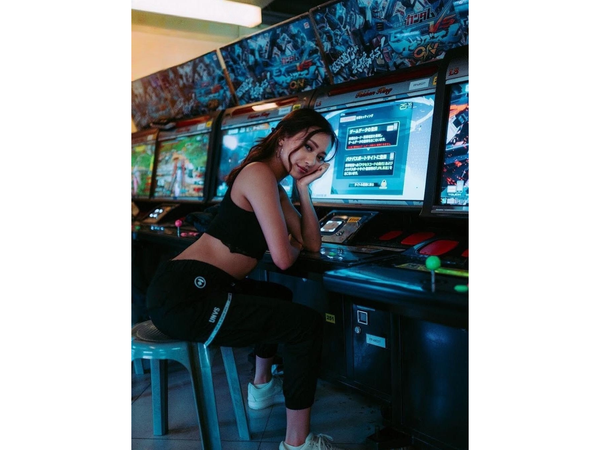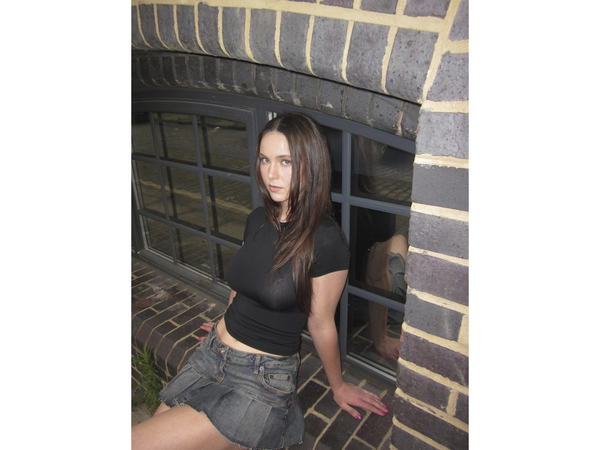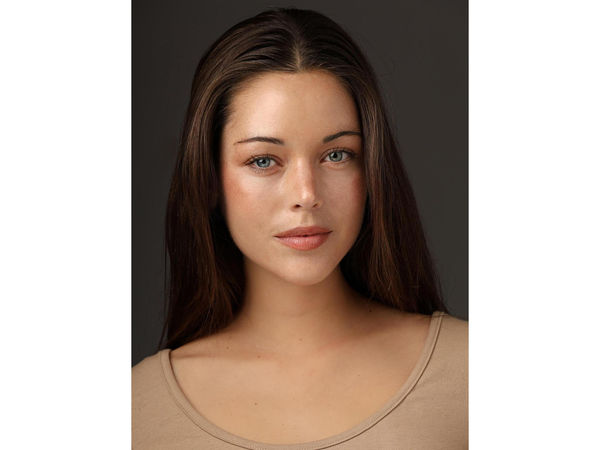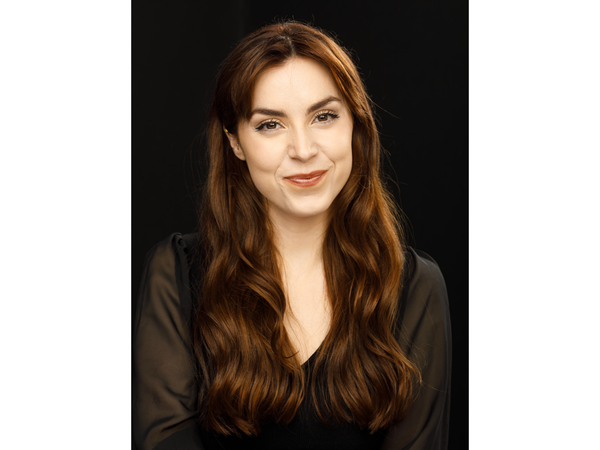WENDY HEIJNE TALKS STUDIO HEIJNE
"Fashion world has no choice but to change"
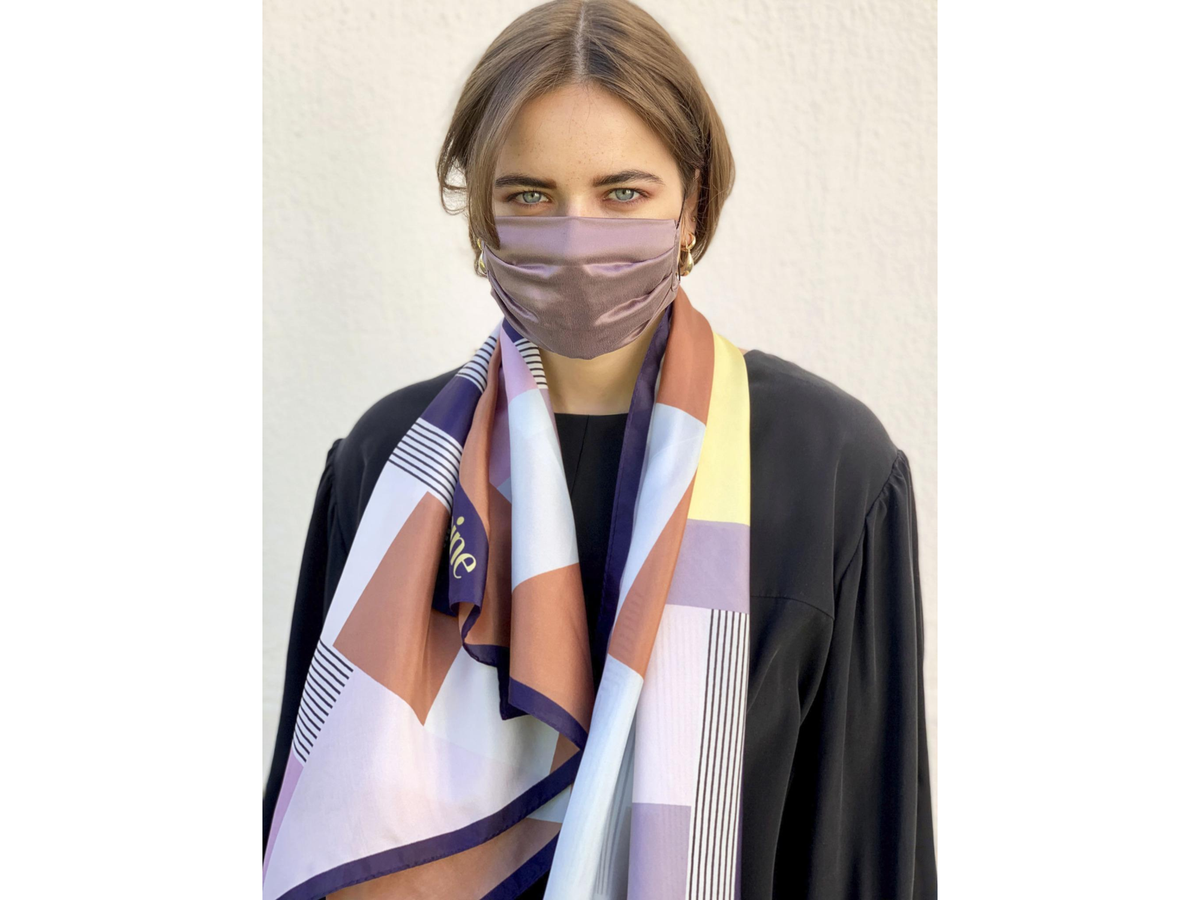
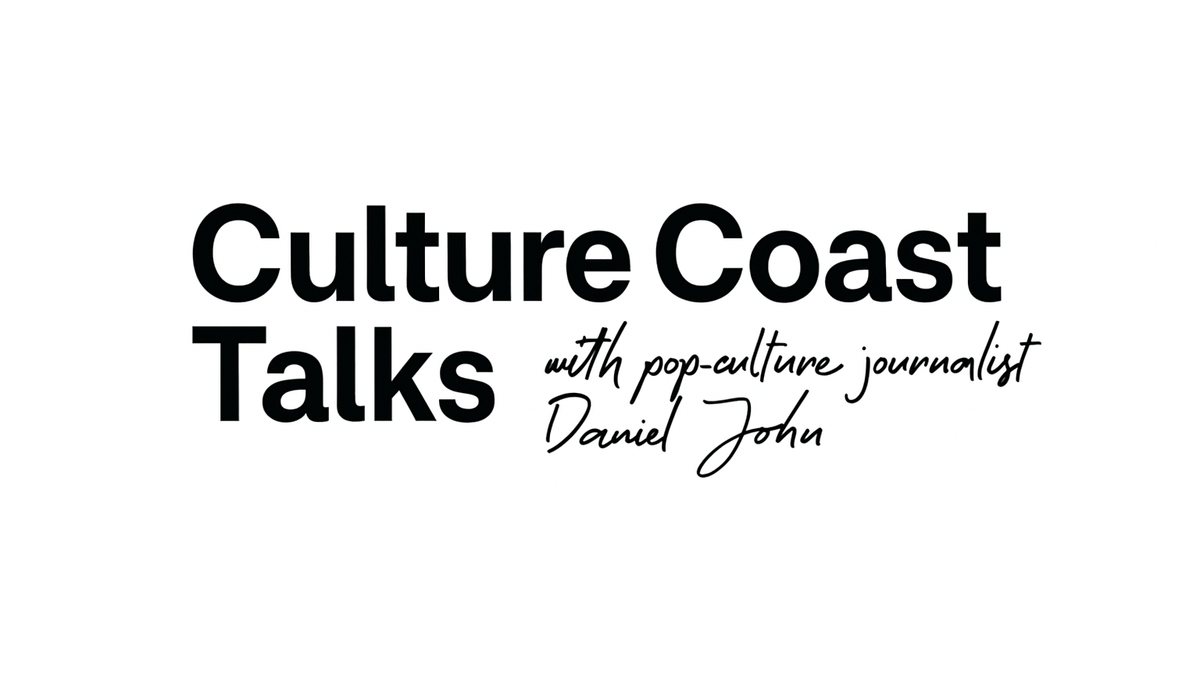
You originally come from the Netherlands. Did the fashion-industry bring you to Sweden?
That is correct. I really wanted to move abroad, and leave the Netherlands for a while following my design studies, and then the opportunity came along when I was offered a fashion design job at H&M’s headquarters in Stockholm.
How did you first venture into the world of fashion?
When I was little, I made clothes for my Barbie dolls out of tights in different drapings. When I was fifteen, I presented my first fashion show at “the school’s open stage” where you could showcase your talents. I had sewn together a bright pink faux-fur dress, crafted a skirt from chicken wire, and glued dresses together from garbage bags. But it was by no means certain that I would get into the fashion design and art academy that I applied for. It was the best school in Holland, and I came from a small village, I was very naive and I had no clue about the fashion world or art at all, that’s why I was overjoyed when I got accepted at the very last minute, after being number one on the waiting list.
After working with some of the biggest clothing labels for many years, like H&M, Tiger of Sweden and Nicolai d'etoiles, what made you want to start your own label?
On one hand, I had always dreamed of starting my own thing. And when my father passed away a few months later due to aggressive cancer, I realized that life is too short and that it was time to make my dream come true. On the other, I was tired of fast fashion, of working with cheap fabrics and a kind of “throwaway” attitude.
It’s well established that fashion needs change. Change has even become some sort of a buzzword?
My sustainability journey actually began already at H&M, as the world became more aware of sustainability, H&M followed along, and I learned about sustainable materials and social sustainability issues in production. But I became even more aware when I stepped out of H&M’s safe environment and met young fashion students. When I traveled around to different fashion schools in Europe to recruit new designers, the young students questioned H&M’s mass-production concept as being a sustainable model. That’s when I realized they were right. They had a much more critical perspective on fast fashion and seasonal fashion. That made me realize that it is not enough to just work with sustainable materials, but that everything needs to be done differently. Like, for example, finding alternatives to mass production and questioning the whole sizing system. The latter was really only invented to benefit mass production, it is absolutely not for the consumer’s sake.
How does Studio Heijne differ from all the “big ones”?
All the big fashion brands mass-produce and sell clothes in standard sizes. Then they discount the overproduced garments just a few months later to make room for new collections. We have a much more long-term life cycle planned for our garments. They are not designed to last just one season and then be sold off. We also don’t produce our clothes in advance. But the biggest difference, in my opinion, is that our clothes are customizable to the customer’s taste and size. All garments in our 'Made for you' collection can be adjusted in details and measurements. For example, you can customize the neckline and choose sleeve length, as well as the length of jeans, dresses, and tops. In addition, we tailor the garment to the customer’s personal measurements, so-called made-to-measure garments.
Much still falls on individuals to seek out and support more ethical labels, which is at odds with the big brands’ clear advantage in reaching consumers. From your experience of how major fashion houses prioritize and talk internally, do you think we’ll actually see bigger change, even at the top of the industry?
I am convinced that the fashion world has no choice but to change. I see a willingness to change, and I believe all serious companies realize they will have to reinvent their business model to survive. Sweden is at the forefront when it comes to sustainability and awareness. Many new business ideas are popping up, like clothing rental, and the secondhand market is exploding. Interestingly, Stockholm Fashion Week is choosing to showcase secondhand fashion concepts this year. However, we are still nowhere near far enough when it comes to changing production methods and offering personalization services. But I think that will be more in focus in the future. In recent years, the focus has been on rental concepts, secondhand clothing, and repair. Especially when it comes to production-on-demand, there is a lot to be gained for larger companies. The current production-models they apply mean that about thirty percent of the garments in stores are overproduced from the start and will never be sold.
What fabrics do you work with?
I work with so-called deadstock fabrics. These are fabrics that other larger brands have overproduced and that I then buy up to give them a new life. This way, I don’t have to use new resources. Our jeans, for example, are made from Italian deadstock denim. And the rest of the collection consists of natural materials, such as silk and wool. The natural fabrics we use are produced sustainably and are compostable, which makes them a lot better for the environment than synthetic materials.
Much of today’s fashion talk centers on sustainability and ethics, but it’s also a deeply creative field. Where do you find inspiration?
I am always inspired by geometric art. I love the shapes and colors. Recently, I’ve been looking a bit more at Sophie Taeuber and at Emma Larsson.
Which women do you imagine in your clothing?
Speaking of inspiration, I was actually inspired by Amelia Adamo’s summer talk. She talked about older women and how they don’t get the place they deserve in Swedish society. I completely agree and am baffled that even, or especially, in the fashion industry, it is considered so much cooler to design for young women. I imagine mature, intelligent and cool female pioneers in my clothes. For example, brain researchers, entrepreneurs, lawyers, and professors. They are actually also my real customers. I want these people to feel stylish, comfortable and full of confidence when they put on the clothes. Then, when they go about their day, I want them to forget what they are wearing so they can focus on what they want to do.
Do you have a favourite among your collections?
Yes! Many. I will soon be launching a collection of luxurious kaftans in original Heijne-prints. They have turned out really beautiful with flowing fabrics and gorgeous colors! As I’m speaking, the new silk scarf collection is being launched, and I'll always have an extra love for those since they are so much fun to design.
What does your own wardrobe look like at home?
I don’t actually have that many clothes in my wardrobe. To be honest. There are clothes from my own collection, like jeans and suits, and quite a few dresses. Then some items like knitted-sweaters and sportswear, combined with a few vintage pieces. I do try to rotate winter and summer clothes, so that it feels like a new wardrobe when I bring the winter clothes down from the attic. My style is like Studio Heijne’s collections, simple designs, preferably in color and print, combined with modern, stylish basics of good quality.
Which pieces from your latest collection are you the most excited to put in your own wardrobe next?
Definitely our new skirt made of cactus leather, combined with the 'Essential' shirt in the new facemask-print. The print is both a tribute and a playful nod to the face masks that have changed the look of the streets in recent years.

